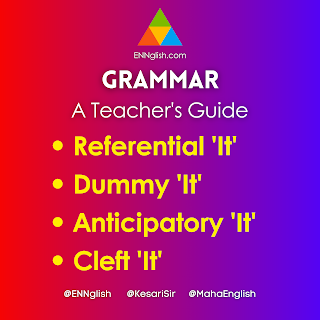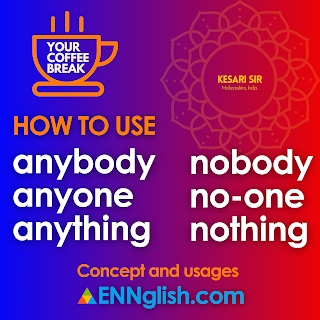Uncountable nouns : ending in -S

Let's explore a variety of subjects encompassing studies, activities, games, and diseases , each showcasing the distinctive nature of uncountable nouns that conclude with -s. While these nouns might visually suggest plurality, they necessitate singular verb forms when they take center stage in a sentence. Take a journey through the diverse landscapes of academia, recreation, and health as we reveal the singular charm within each of the following: Here are sentences using the uncountable nouns ending in -s as the subjects, with proper verb conjugation: ===================== Download as PDF Wait 5 seconds after payment, download starts automatically! ===================== Subjects of Study and Activities: 1. Acoustics : Acoustics is a fascinating field that explores the properties of sound. 2. Aerobics : Doing aerobics regularly helps improve cardiovascular health. 3. Aerodynamics : The study of aerodynamics requires a deep understanding of airflow around objects. 4. A










